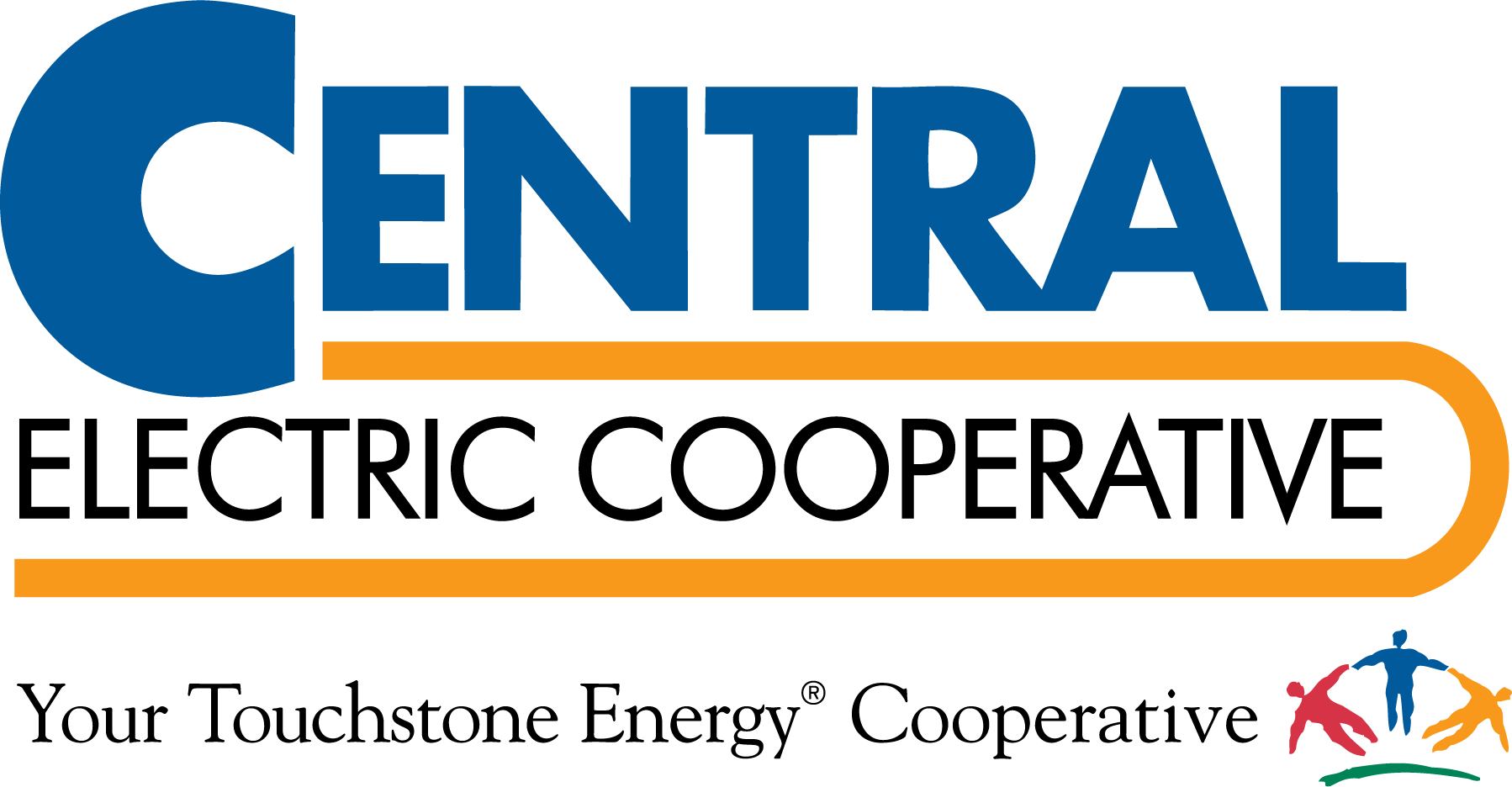
My daily commute to work consists of 2.5 miles through the streets of Mitchell and then another 7 miles on I-90. I enjoy getting to the office a bit early to organize my day, so I leave home shortly after 7 a.m. I avoid the busier traffic that comes later and traffic on I-90 is pretty light most of the year, with the exception of when the Sturgis motorcycle rally is in full swing.
It is easy for me to understand that our city streets and our interstate highway system are designed to safely accommodate a given number of cars or “capacity” at any given time. This is very similar to the electric utility industry. Generators, substations, and electrical lines are designed to safely deliver a pre-determined amount of power to our members. We refer to this as our system capacity.
Every component of our electric delivery system has a specific capacity that was planned for years in advance and built based on the amount of electricity that our members need. This process of planning is done annually to predict our need for electricity for the next 10 years. If the system is built too small, equipment will fail. If it is oversized, customers pay more every month for a larger system that is not needed.
Central Electric’s farm and residential rates consist of a service charge and a fee for the electricity that you use. What you do not see in your bill are the costs associated with capacity. These costs include charges for generating facilities, substations, and even the transformer in your yard. The costs of each of these assets is hidden in the service charge and the price for the electricity you use.
Central Electric has offered a load management program since 1984. This program relies on our members voluntarily allowing the cooperative to turn off their water heaters, air conditioners, motors and other equipment during times when system capacity is peaking. This helps to control costs associated with capacity and maintain the electric rate you pay. This system saved your cooperative an estimated $1 million in 2021. That is money we avoided paying and did not have to collect from you. If you want to learn more about this program and how you can help your cooperative manage costs, give our office a call.
Looking to the future, we will see more electric vehicles, solar systems, and wind turbines. At the same time we are getting inquiries from potential new businesses who have a large appetite for electric power. Electric cars, renewables and new business likely won’t change how much capacity our roads and streets need, but they will change how the capacity on the electric system is used.
Central Electric will complete a rate design and cost of service study this year. This study will analyze the design of your cooperatives electric rates to determine if each rate is fair to our members based on the capacity of their electric service. The study will identify potential inequities in our rate design and what changes, if any, may be necessary. The comprehensive study will take six to nine months to complete.
Your cooperative is in good financial position and has started 2022 much better than expected. Central Electric is a not-for-profit organization and there is no incentive to change electric rates until more or less revenue is needed. The study will provide a road map to identify alternatives your cooperative could use for future rate design. Rate designs that continue to recover costs fairly and incentivize the wise use of affordable and reliable electricity.
Until next month, be safe!
